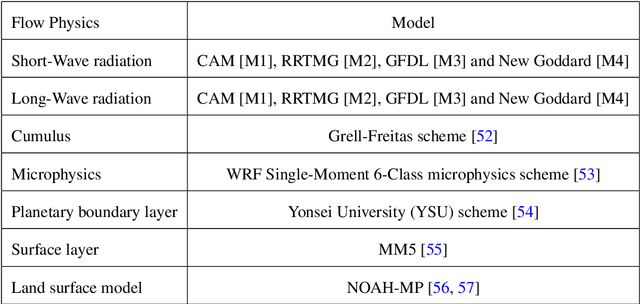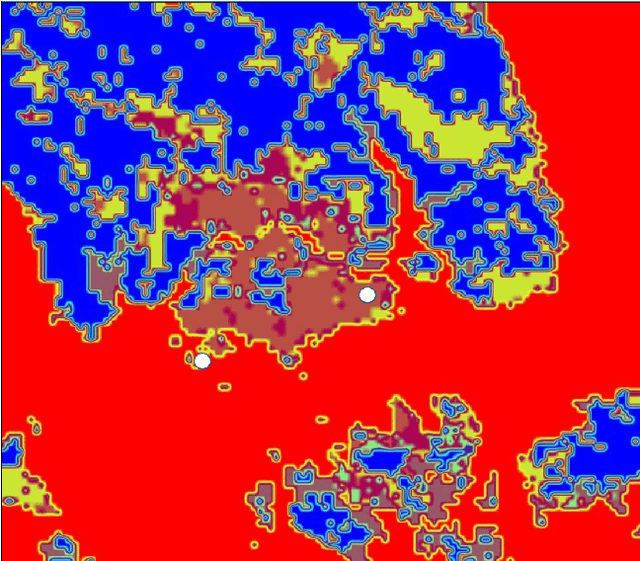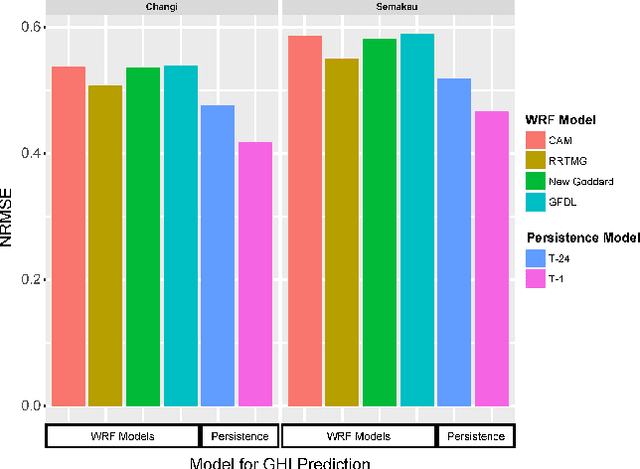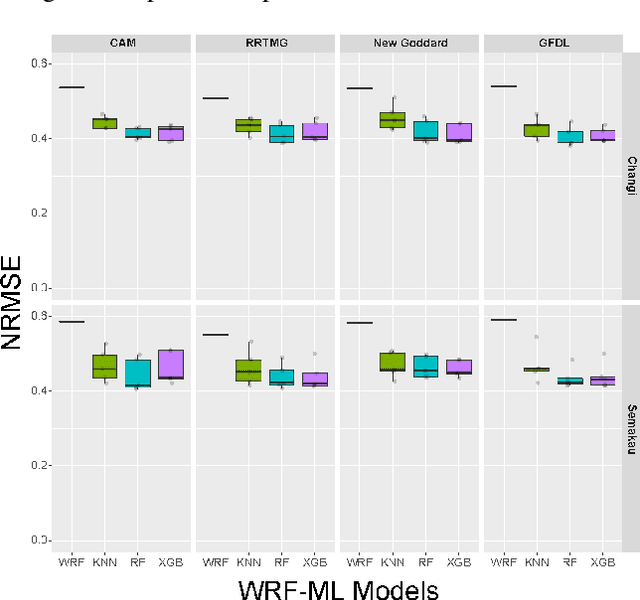Harish Gopalan
FastFlow: AI for Fast Urban Wind Velocity Prediction
Nov 22, 2022



Abstract:Data-driven approaches, including deep learning, have shown great promise as surrogate models across many domains. These extend to various areas in sustainability. An interesting direction for which data-driven methods have not been applied much yet is in the quick quantitative evaluation of urban layouts for planning and design. In particular, urban designs typically involve complex trade-offs between multiple objectives, including limits on urban build-up and/or consideration of urban heat island effect. Hence, it can be beneficial to urban planners to have a fast surrogate model to predict urban characteristics of a hypothetical layout, e.g. pedestrian-level wind velocity, without having to run computationally expensive and time-consuming high-fidelity numerical simulations. This fast surrogate can then be potentially integrated into other design optimization frameworks, including generative models or other gradient-based methods. Here we present the use of CNNs for urban layout characterization that is typically done via high-fidelity numerical simulation. We further apply this model towards a first demonstration of its utility for data-driven pedestrian-level wind velocity prediction. The data set in this work comprises results from high-fidelity numerical simulations of wind velocities for a diverse set of realistic urban layouts, based on randomized samples from a real-world, highly built-up urban city. We then provide prediction results obtained from the trained CNN, demonstrating test errors of under 0.1 m/s for previously unseen urban layouts. We further illustrate how this can be useful for purposes such as rapid evaluation of pedestrian wind velocity for a potential new layout. It is hoped that this data set will further accelerate research in data-driven urban AI, even as our baseline model facilitates quantitative comparison to future methods.
Model-Agnostic Hybrid Numerical Weather Prediction and Machine Learning Paradigm for Solar Forecasting in the Tropics
Dec 09, 2021



Abstract:Numerical weather prediction (NWP) and machine learning (ML) methods are popular for solar forecasting. However, NWP models have multiple possible physical parameterizations, which requires site-specific NWP optimization. This is further complicated when regional NWP models are used with global climate models with different possible parameterizations. In this study, an alternative approach is proposed and evaluated for four radiation models. Weather Research and Forecasting (WRF) model is run in both global and regional mode to provide an estimate for solar irradiance. This estimate is then post-processed using ML to provide a final prediction. Normalized root-mean-square error from WRF is reduced by up to 40-50% with this ML error correction model. Results obtained using CAM, GFDL, New Goddard and RRTMG radiation models were comparable after this correction, negating the need for WRF parameterization tuning. Other models incorporating nearby locations and sensor data are also evaluated, with the latter being particularly promising.
 Add to Chrome
Add to Chrome Add to Firefox
Add to Firefox Add to Edge
Add to Edge